- News
- Reviews
- Bikes
- Components
- Bar tape & grips
- Bottom brackets
- Brake & gear cables
- Brake & STI levers
- Brake pads & spares
- Brakes
- Cassettes & freewheels
- Chains
- Chainsets & chainrings
- Derailleurs - front
- Derailleurs - rear
- Forks
- Gear levers & shifters
- Groupsets
- Handlebars & extensions
- Headsets
- Hubs
- Inner tubes
- Pedals
- Quick releases & skewers
- Saddles
- Seatposts
- Stems
- Wheels
- Tyres
- Tubeless valves
- Accessories
- Accessories - misc
- Computer mounts
- Bags
- Bar ends
- Bike bags & cases
- Bottle cages
- Bottles
- Cameras
- Car racks
- Child seats
- Computers
- Glasses
- GPS units
- Helmets
- Lights - front
- Lights - rear
- Lights - sets
- Locks
- Mirrors
- Mudguards
- Racks
- Pumps & CO2 inflators
- Puncture kits
- Reflectives
- Smart watches
- Stands and racks
- Trailers
- Clothing
- Health, fitness and nutrition
- Tools and workshop
- Miscellaneous
- Buyers Guides
- Features
- Forum
- Recommends
- Podcast
review
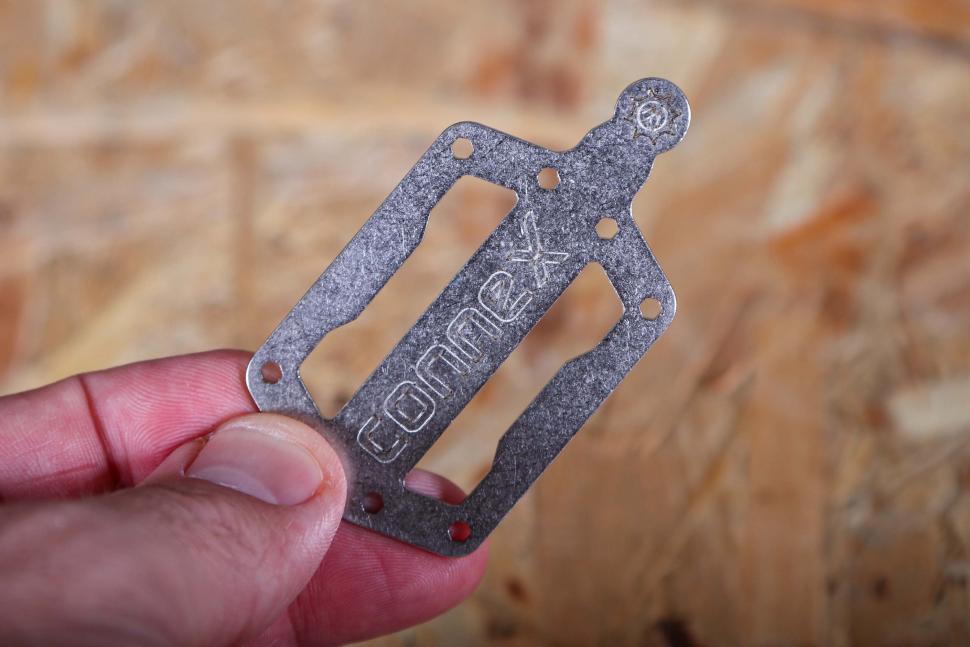 2024 Connex Chain ring wear indicator - 3.jpg
2024 Connex Chain ring wear indicator - 3.jpg£11.99
VERDICT:
Not necessarily a must-have tool, but it lets you easily check chainring and sprocket wear
Easy to use
Inexpensive
Might make you replace chainrings earlier than you need to
Weight:
20g
Contact:
At road.cc every product is thoroughly tested for as long as it takes to get a proper insight into how well it works. Our reviewers are experienced cyclists that we trust to be objective. While we strive to ensure that opinions expressed are backed up by facts, reviews are by their nature an informed opinion, not a definitive verdict. We don't intentionally try to break anything (except locks) but we do try to look for weak points in any design. The overall score is not just an average of the other scores: it reflects both a product's function and value – with value determined by how a product compares with items of similar spec, quality, and price.
What the road.cc scores meanGood scores are more common than bad, because fortunately good products are more common than bad.
- Exceptional
- Excellent
- Very Good
- Good
- Quite good
- Average
- Not so good
- Poor
- Bad
- Appalling
The Connex Chainring Wear Indicator does exactly what it sets out to do – it tells you when a chainring (or sprocket) is worn. It's easy to use, and might come in handy if you're servicing a number of bikes.
> Buy now: Connex Chainring Wear Indicator for £8.99 from Merlin
Connex's chainring wear indicator is about the size of a credit card, shaped like a pedal and it's made of pressed steel. The business end is the bit of the pedal that screws into the crank, which on Connex's tool it's three quarters of a circle.
You offer this up to the valleys in between the chainring's teeth. If the tool goes all the way down, the chainring is worn. If there's daylight between the wear indicator and the chainring valley, the chainring has life in it.
The manual on Connex's website shows it well.
The tool is easy to use and interpret, and you can use it on chainrings and sprockets – though not on cassettes.
Does it work
Yes – a new chainring has a big gap between the valley and the wear indicator, a worn one has no gap.
Do I need one?
This tool's raison d'ȇtre is to prolong chain life, as a worn chainring strains the chain and shortens its lifespan. When the tool tells you the chainring is worn, the recommended action is to replace the chainring and the chain.
> Six essential tools for cyclists who do their own bike maintenance
Using the tool, it turns out the chainrings on all my bikes are worn, which, according to Connex, means I'm wearing out chains faster.
On reflection, I'm fine with that. I run 11-speed, and chains are cheaper than chainrings – though I'd be better off if I cleaned my chains more often.
> How to clean your bike chain
I'm not bad, my bikes' chains are always lubed – if not always clean.
And my chainrings still work fine, with no chainsuck or skipping, the telltale signs your chainring needs replacing.
Value
As far as I know, there are no other tools that measure chainring wear – but this is well made, does its job and at £11.99 could be a handy extra, if not a must-buy.
Conclusion
This does the job it's designed to do, though it's not necessarily a tool I'd need. You might think differently, and if you're doing all you can to keep your chain clean, this will tell you when it's time to replace your chainring.
Verdict
Not necessarily a must-have tool, but it lets you easily check chainring and sprocket wear
> Buy now: Connex Chainring Wear Indicator for £8.99 from Merlin
road.cc test report
Make and model: Connex Chain Ring Wear Indicator
Size tested: n/a
Tell us what the product is for and who it's aimed at. What do the manufacturers say about it?
This is what Connex says:
Our chainring wear indicator allows you to check whether you need to replace the chain ring or the sprocket to protect your chain. It is fast and simple to use and compatible with all geared drive chainrings and sprockets conforming to the standards.
Tell us some more about the technical aspects of the product
Connex says:
Simple application
Handy format in pedal design
Quick wear indicator for chain rings or sprockets
(not suitable for cassettes)
Rate the product for quality:
8/10
Rate the product for performance:
8/10
Rate the product for value:
5/10
Tell us how the product performed overall when used for its designed purpose
It does what it says on the tin: showing when a chainring is worn. I can't find a similar product on the market hard to make a value comparison, but I can say that at not much more than a tenner it's not bad value.
Tell us what you particularly liked about the product
It's easy to use.
Tell us what you particularly disliked about the product
You don't necessarily have to stop using a chainring when the tool tells you it's worn.
How does the price compare to that of similar products in the market, including ones recently tested on road.cc?
It's hard to judge, as I don't know of any other tool on the market that shows chainring wear – but it's pretty inexpensive.
Did you enjoy using the product? Yes
Would you consider buying the product? No – I'm not worried about prolonging chain life by replacing chainrings earlier.
Would you recommend the product to a friend? Yes – if they were concerned about extending chain life.
Use this box to explain your overall score
This tool works well and demonstrably does what it sets out to do. It's well made, looks good and it doesn't cost the earth. I find it difficult to justify the premise: replacing a chainring to prolong chain life, but that is not something I feel I can fault the tool for.
About the tester
Age: 44
I usually ride: All of them! My best bike is: Ribble Endurance SL disc
I've been riding for: Over 20 years I ride: Most days I would class myself as: Expert
I regularly do the following types of riding: cyclo cross, commuting, touring, club rides, mtb, Zwift
Latest Comments
- chrisonabike 2 min 26 sec ago
Holding a sign saying "ask me about my driving subsidies".
- PRSboy 13 min 54 sec ago
Sorry to read that, hope you're back out again soon! Sounds like you're an experienced rider and it was one of those things....
- chrisonabike 40 min 57 sec ago
I am not as confident as you on this one. At best ... I hope it would not be counter-productive....
- Jimmy Ray Will 1 hour 6 min ago
My understanding of speed in relation dangerous driving charges is that to be considered dangerous, the speed needs to be knowingly and objectively...
- quiff 1 hour 25 min ago
Sorry, total reading failure! Other thoughts stand though - every brand is charging you for the box one way or another.
- wtjs 1 hour 30 min ago
On a different note I've been wondering why my reports are taking longer for them to process recently...
- ribena 1 hour 32 min ago
Looks like a good approach to me....
- stonojnr 1 hour 41 min ago
So sad,its one of my local shops, literally cycle past it nearly every day....



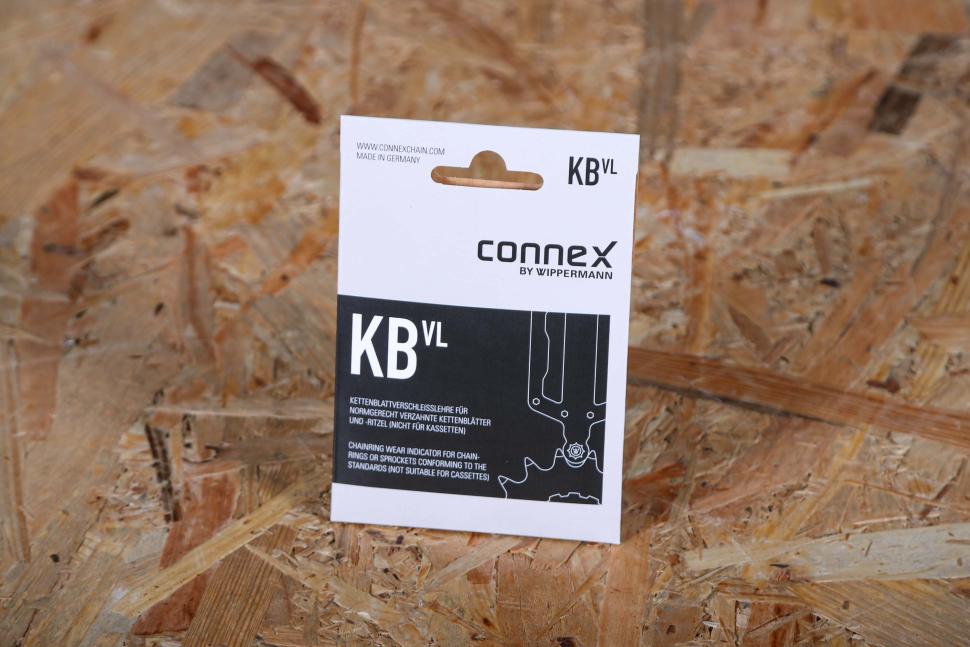

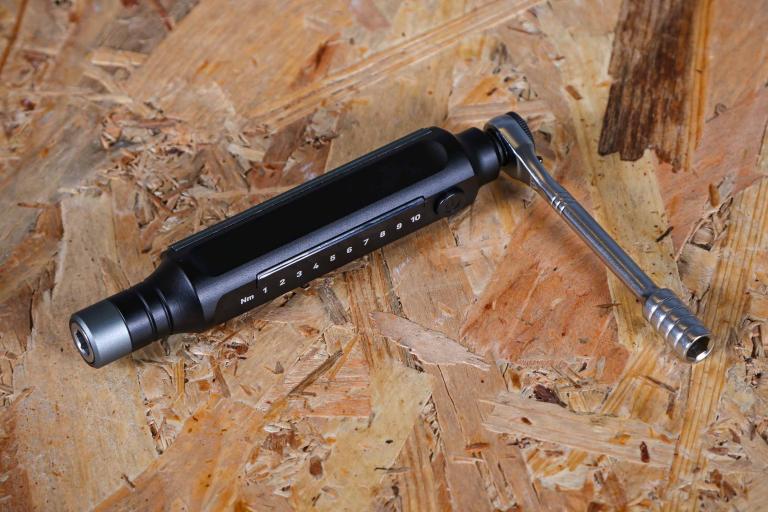
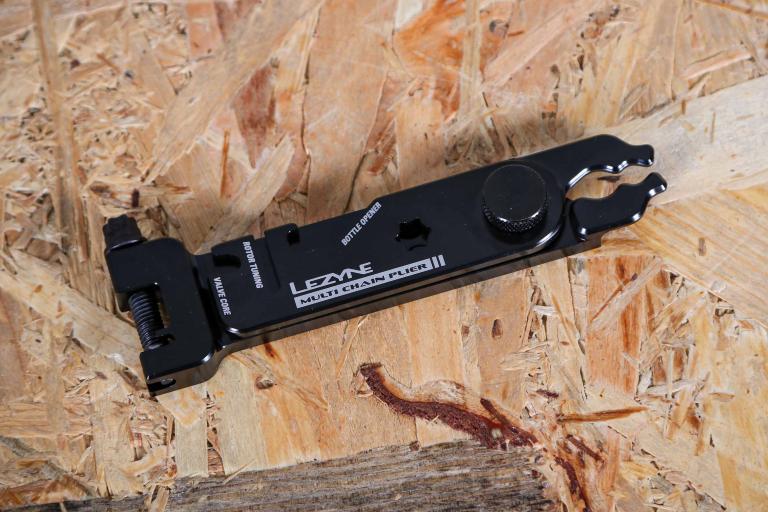
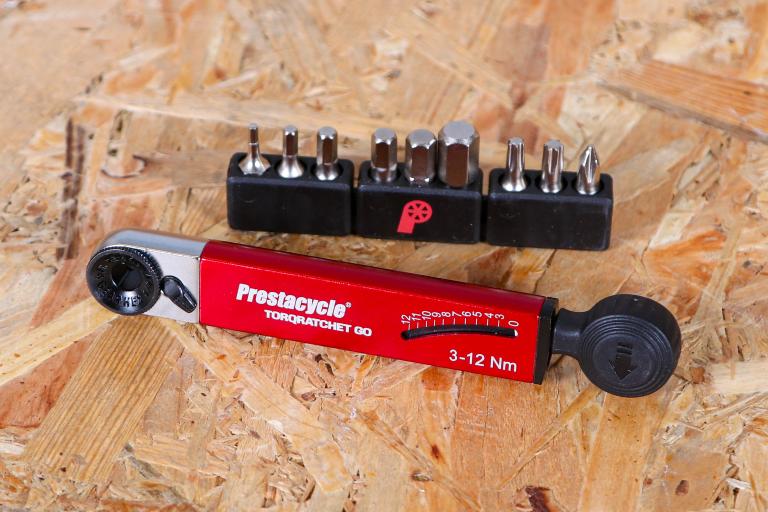
Add new comment
17 comments
Anyone know why it says it's not to be used on cassettes?
If the chain is wrapping around both the chainring and cassette cog/ring, then they'd have the same "valley" dimensions, and the tool should work on cassettes? Or what am I missing?
I don't know for sure, but my gut feeling is that most modern cassettes don't have a uniform tooth profile in order to aid smooth shifting (for example Shimano Hyperglide) and a simple go/no-go tool like this would provide inaccurate false positives. For cassettes I use one of these https://uniortools.com/eng/product/1658-2P-sprocket-wear-indicator
Was thinking about getting a Rohloff one, but then I got a Rohloff which made it a bit pointless. And, of course I only found about it when I was researching the Rohloff, after I'd ordered the hub that makes the cassette pointless. Ironic really...
The connex is difficult to find at the moment. The Rohloff is making chainring wear much more obvious, especially the bit that corresponds to the right pedal being pushed down, I'm thinking of rotating the ring within the spider every month so I can get more even wear. But is the optimal clockwise or anti?
Thanks, that's probably a good point about all the different profiles - I hadn't thought of that.
Interesting Unior tool, thanks for the link.
I wonder if that means it also doesnt work on narrow/wide chain rings?
There's a lot less force on the larger chainring spread between more teeth. I think the chain would be slipping on a cassette well before it reaches the acceptable wear of a chainring.
Where does it say not to be used ion cassettes? The manual says use on sprockets and chainrings. I'd say sprockets covers cassettes.
On the packaging.
(It does look like it might be handy for winding back a C90 though.)
It says it in the article above, presumably quoting the manufacturer site: https://www.connexchain.com/en/maintenance-tools/detail/chain-ring-wear-indicator
I did wonder that. If you disassemble your cassette you would get a few sprockets!
Unless they felt that even if you have a cluster of only 2 or 3 you wouldn't get a true reading as it might not engage correctly.
.
Please can we have a picture of it in action? The description of the tool in action is rather obscure, especially when trying to continue the pedal analogy.
From the linked 'manual':
Thanks. Seems like this could have been included in the review....
Is the end a regular circle? I.e would establishing the size of any circular object on a new chainring give you the same info on a worn one? Seems so.
Check mark1a's comments here for pics: https://road.cc/content/tech-news/five-cool-things-coming-soon-wrapper-free-bars-oakley-coros-kask-310361
There is a link in the review to the 1 page manual which clearly shows how it is used.